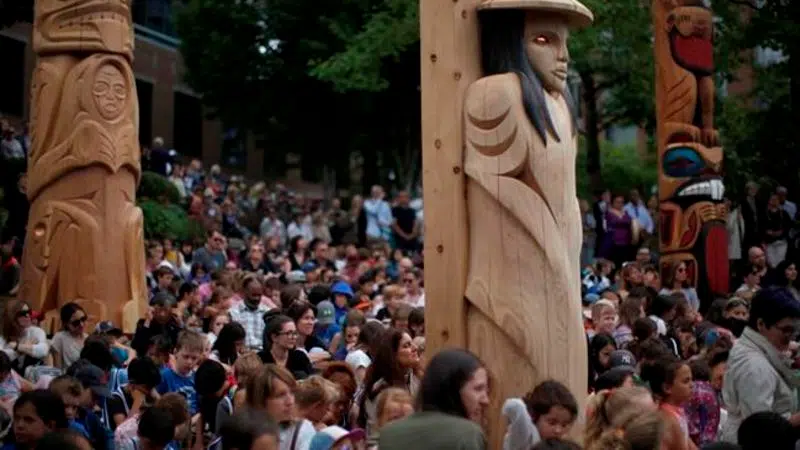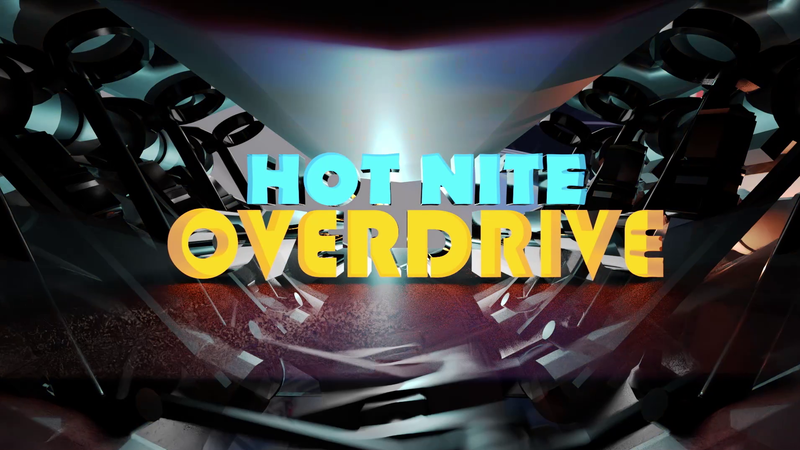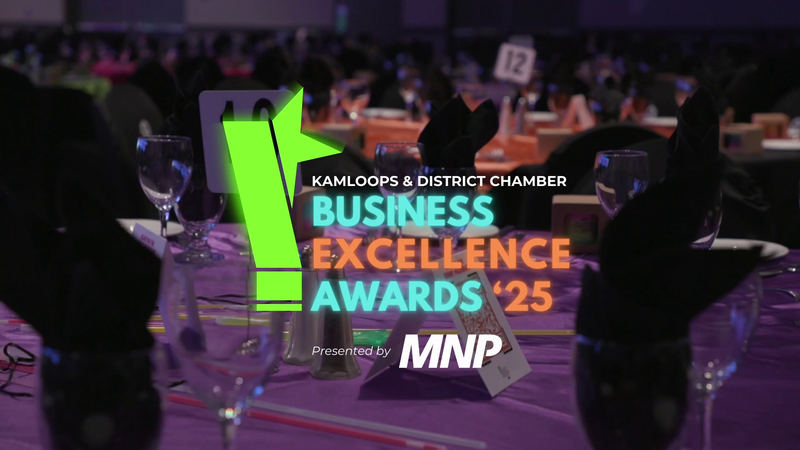
Artists, politicians reflect on reconciliation as cedar poles unveiled in B.C.
VANCOUVER — Musqueam artist William Dan says a welcome figure he carved from centuries-old cedar represents a homecoming for him, after a childhood lost to residential school and decades spent away from his traditional territories.
The figure was one of two unveiled Friday alongside a 13-metre reconciliation pole outside the Vancouver School District’s Education Centre. The event marked National Indigenous Peoples Day and attendees reflected on the meaning of reconciliation.
“Reconciliation is always hard for me because I was one of them who went to the boarding schools,” Dan said in an interview. “It’s hard for us to get over that. I’m almost 70 years old and I still got issues on me. They really beat you down to the core.
“For me, I just wanted to do something for my tribe. While you’re away at boarding school, all you want to do is go home to your parents. That’s what I wanted.”


